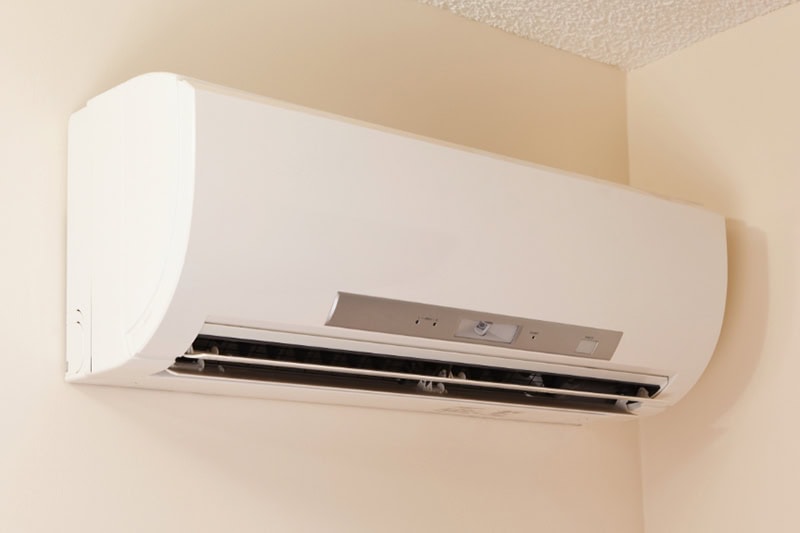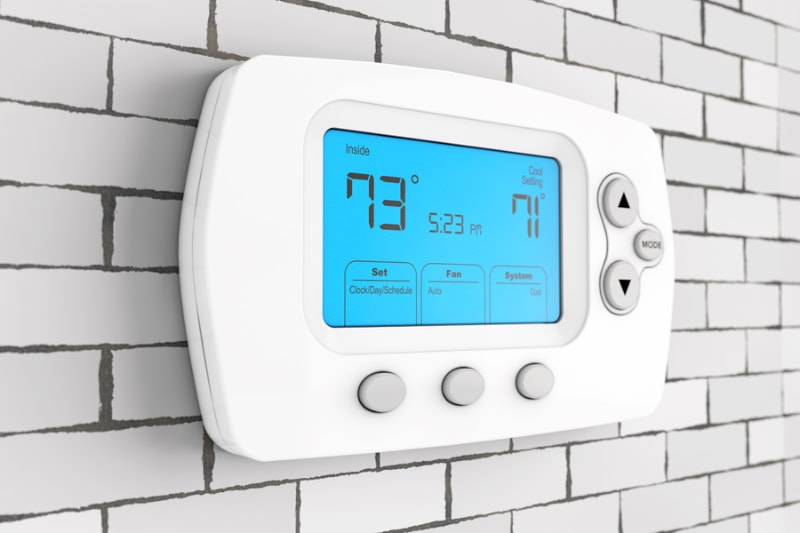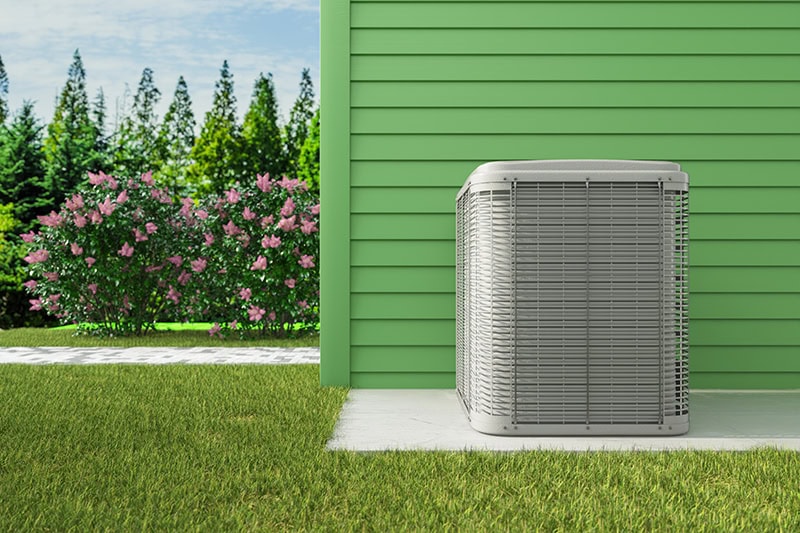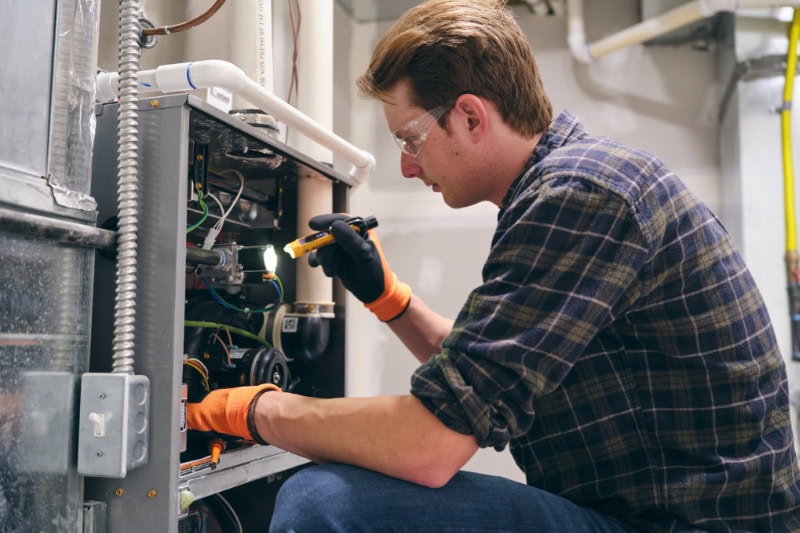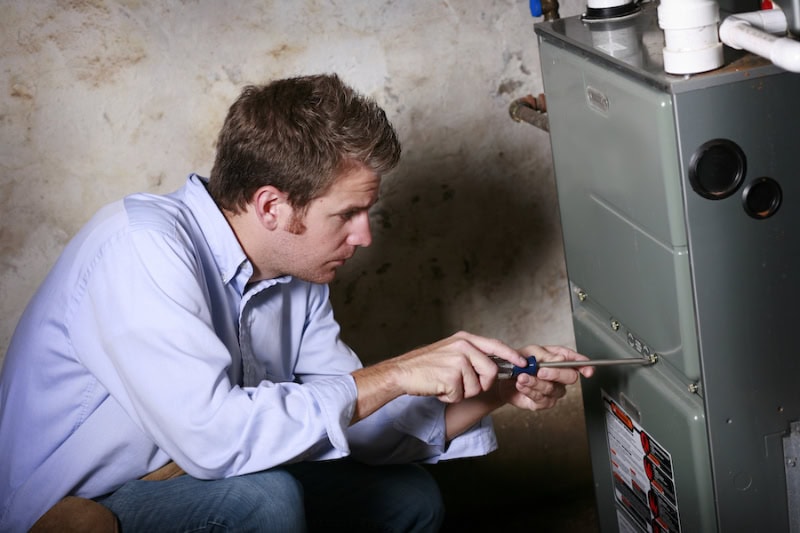News
They’re called ductless mini splits because they don’t require ductwork and consist of two main components—a compact indoor air handler and an outdoor compressor—connected by refrigerant lines. This “split” design allows for efficient, targeted heating and cooling in specific areas.
Continue ReadingWe all know the difference between the heating and cooling settings on a thermostat.
But what’s the difference between the On or Auto switch? How does this setting impact the heating, ventilation, and air conditioning (HVAC) system in your Salisbury home?
Continue ReadingYou can trust our team at Stout Heating & Air Conditioning, Inc. to always add value and comfort to your North Carolina home or business throughout the year. We offer practical solutions designed to extend the service life and operating efficiency of your HVAC system—including your thermostat.
Continue ReadingFrom replacing air filters to scheduling maintenance, cleaning your cooling system can prevent breakdowns and keep your home comfortable.
Continue ReadingYour fuel-burning furnace has a number of mechanisms allowing it to run safely and effectively. These features prevent fires and protect your indoor air quality (IAQ). They also work to prevent internal errors from damaging large portions of your furnace.
Continue ReadingFew things in life can be more frustrating than your air conditioner malfunctioning over the summer—but it can and does happen. Luckily, Stout Heating & Air Conditioning, Inc. has solutions to help keep you from boiling!
Continue ReadingThe same goes for a heat pump. The outdoor unit might be in perfect working condition. Still, the heating and cooling process stops without an indoor evaporator coil, connecting refrigerant lines, and a fan to blow conditioned air through ductwork.
Continue ReadingFurnace filters. They’re one of those items not really on the top of everyone’s minds, but they are important and can have a big impact. At Stout Heating & Air Conditioning, we know with the right furnace filter, you can save money and improve your China Grove indoor air quality (IAQ) in one fell swoop.
Continue ReadingOpt for an ENERG STAR® qualified furnace—these can be up to 15 percent more efficient than traditional furnaces, according to ENERGY STAR.
Continue ReadingOur team at Stout Heating & Air Conditioning, Inc. wants to help you be prepared by providing the following furnace maintenance tips.
Continue Reading
